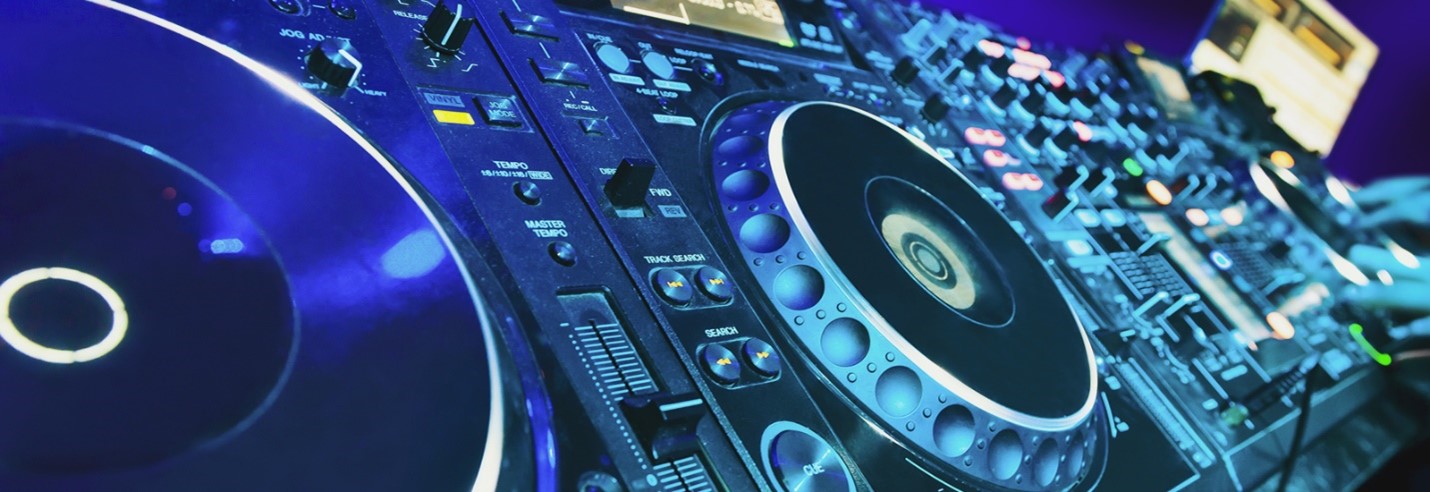Dubstep Vs Drum And Bass Music
12.03.2020

Dubstep first emerged in the late 1990’s in South London and is considered a part of electronic dance music, characterised by dominating sub-bass frequencies and syncopated rhythmic patterns.
In a way, we can consider dubstep as a development of UK garage music with influences of dub reggae and 2-step. Drum and bass or DnB is another electronic music genre with synthesised elements, heavy bass lines, sub-bass lines and fast breakbeat at around 170 beats per minute. And while the two do have many similarities, they also have some very distinct differences as well.
Similarities Of Dubstep Vs Drum And Bass Music
Structure- Dubstep and DnB have similarities in structure. You will likely encounter intro, main section with bass drops, midsection, another main section with bass drops and it ends with an outro.
Syncopated Elements- Dubstep has a syncopated rhythm, which incorporates tuplets and is often shuffled. On the other hand, drum and bass music is usually identified with syncopated breakbeats as one of its most distinctive elements. Without these, drum and bass could turn to high-tempo dance tracks that resemble gabber or techno. DnB producers may spend a lot of time focusing on complex syncopation of the breakbeat of drum tracks.
Bass Drops- both dubstep and DnB use bass drops. It’s usually a pause of percussion that causes the near silence of the track. It will return to the original intensity, especially with prominent sub-bass.
Differences Of Dubstep Vs Drum And Bass Music
Dominant Elements- Dubstep is dominated by half-time drums, while DnB has breakbeats, which are synthesised, programmed, or sampled from scratch.
Tempo- Dubstep sounds slower at only 140 beats per minute with wobbly basslines while DnB is noticeably faster at 170 beats per minute. It means, dubstep tracks usually have bass drop at 55 seconds to better match the 140bpm tempo. Even so, it is not a rigid rule, because some dubstep tracks don’t have bass drops at all.
Bass- Dubstep uses wobble bass (wub), which is an extended bass note with rhythmical manipulations. Dubstep musicians typically use low-frequency oscillator to modify synthesiser parameters like filter cut-off, distortion, or volume. Wobble bass is a driving factor in dubstep, especially those made as club-friendly tracks. Drum and Bass music uses a different bassline type with deep sub-bass and if you have a powerful sound system, you could actually feel it physically. Drum and Bass musicians make bass lines using synthesisers or sampled sources.
Contact Horizons Music
To learn more about the differences and similarities of Dubstep Vs Drum and Bass music, contact Horizons Music today and shop a wide selection of new and vintage vinyl.
If you enjoyed this article, please feel free to share it on your favourite social media sites.


